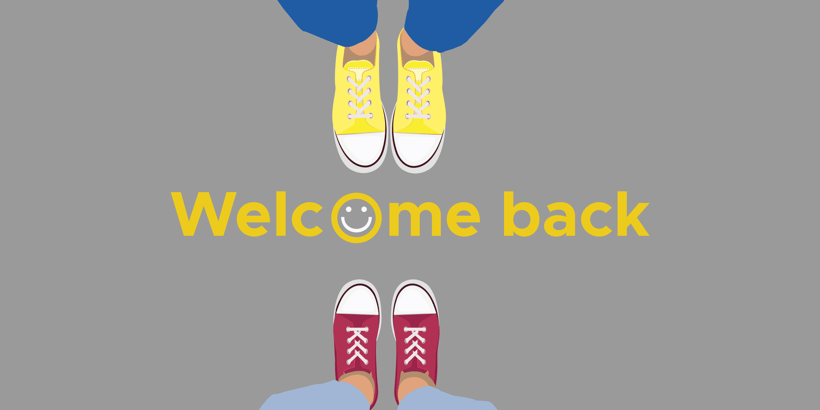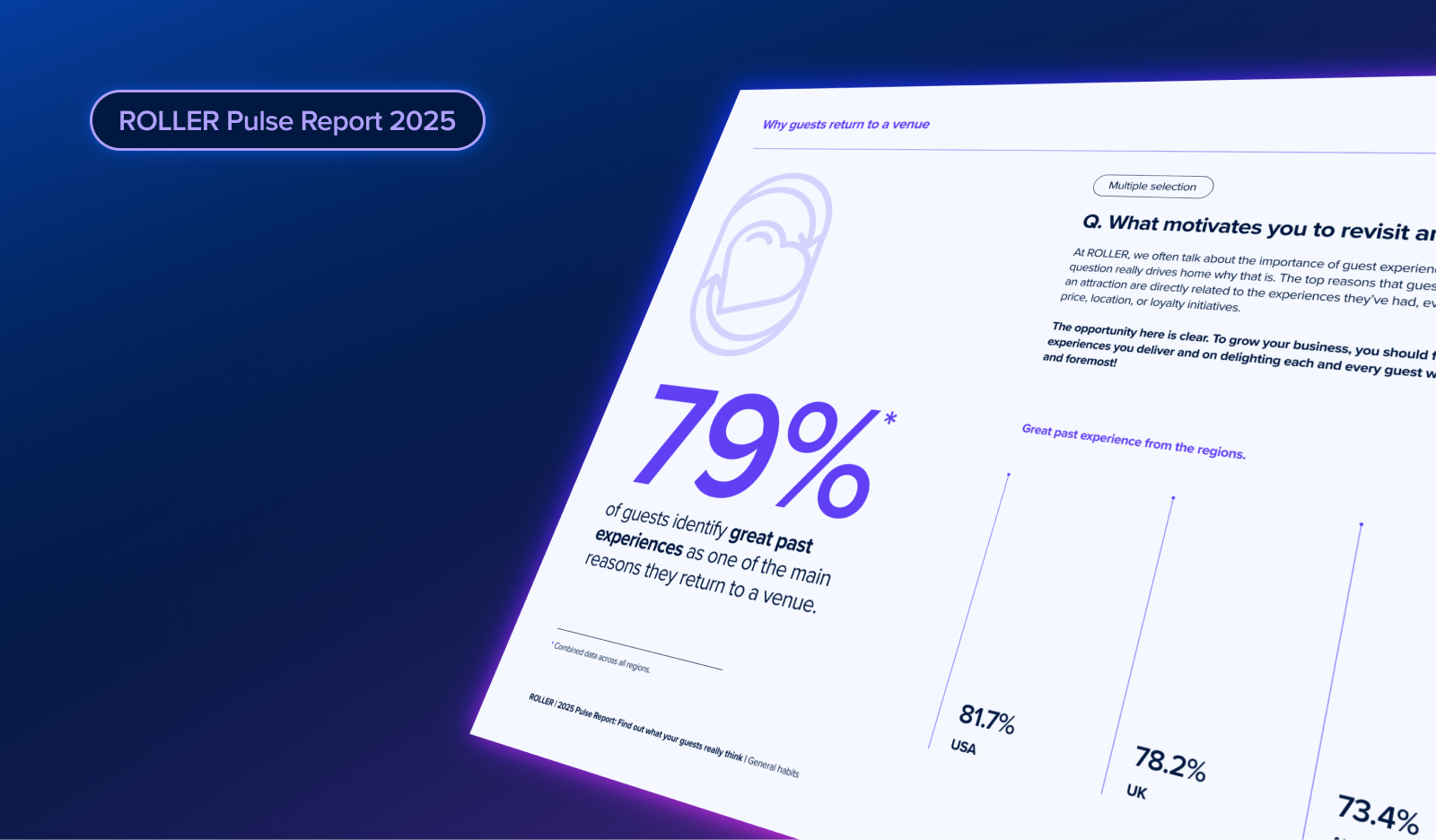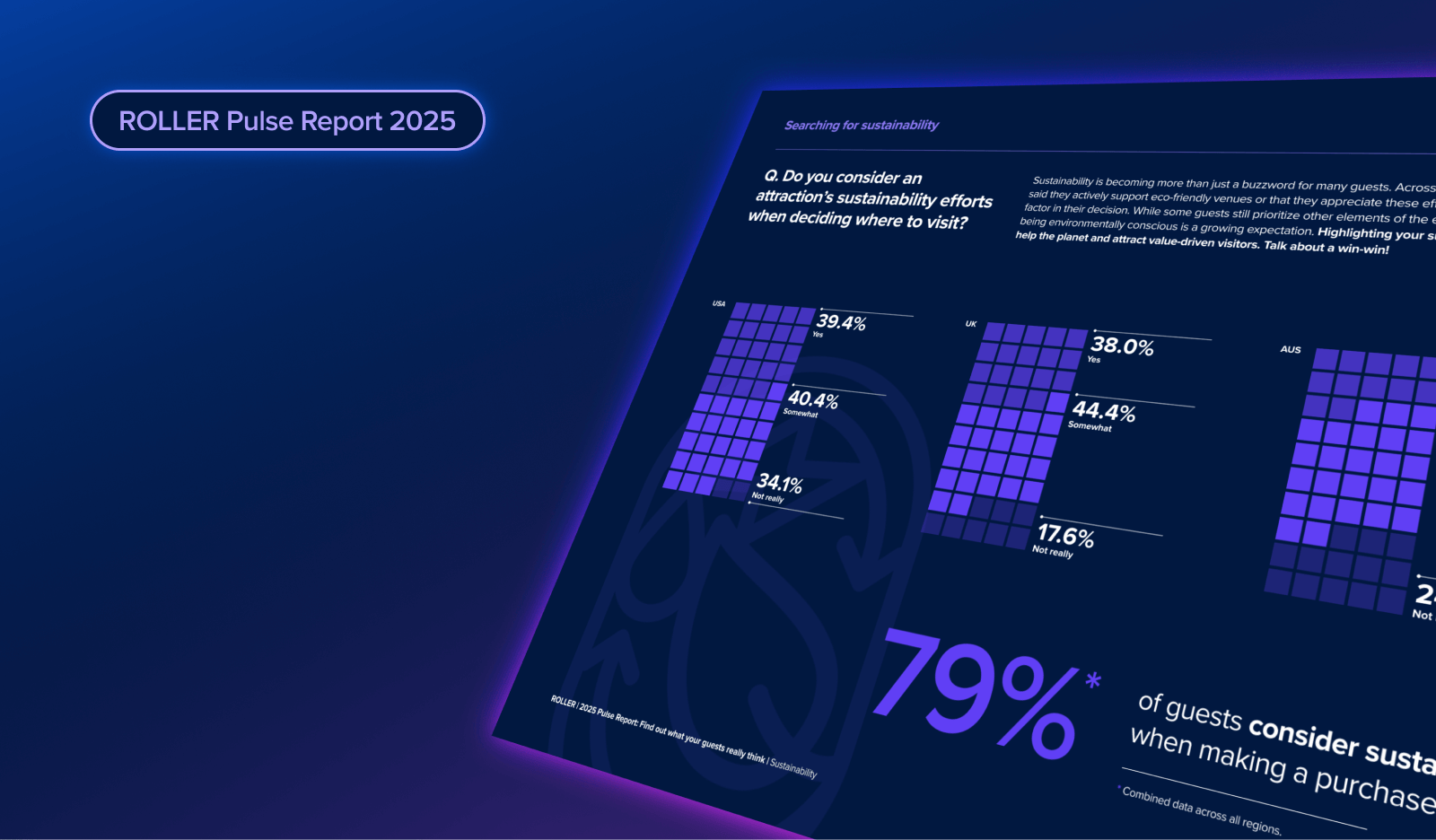What's Your Return on Experience?

When you invest in guest experience, it can be difficult to track exactly how that dollar comes back to you. An upgrade to your staff’s uniforms, a guest service training course, or a much-needed update to an exhibit or attraction are all costs that don’t have a direct revenue component that ties it back to the business. As a result, many elements of service or guest experience are often cut from budgets before they can even be justified.
While it’s true that not every expense that gets brought up should be justified with “guest experience” as the reasoning, it is important to take a deeper look at the impact that the proposed cost will have. Will the new uniforms increase employee satisfaction and create a more professional appearance? Will the guest service training course inspire your staff to go above and beyond their job duties? Will the needed maintenance to the aging exhibit give it a fresh start and put smiles on guests’ faces?
These are all worth considering when looking to invest in improving your business. As you follow the trail of what will happen when the investment is implemented, take a look at how it affects the experience of each individual guest. Specifically, take note if it can influence either of the following two benefits:
- Repeat visitation
- Positive word of mouth
If the long-term effects of your potential investment result in either of these, don’t be so quick to decline it. Better yet, if it can influence both, give it strong consideration. When the investment enhances the experience, the business benefits will naturally follow.
Let’s take one example of an expense that probably wasn’t nearly as big of a budget item in 2019 as it is now: hand sanitizer. Assuming you aren’t charging guests for keeping their hands clean (please… don’t), this is a cost that keeps recurring, and is probably growing too. Many venues have substantially increased the amount of hand sanitizer stations available, and are doing everything they can to keep up with the increased demand for quick squirts, especially if you have a lot of touchpoints that can’t go contactless.
Instead of asking what the sanitizer’s return on investment is, ask instead what is the return on experience? Will it encourage guests to return and to share positive word of mouth? Maybe. It doesn’t include asking guests to upgrade to a membership, so the obvious return isn’t there, until you follow the guest journey once they’re out of the building.
What will happen after the guest’s visit? When they reflect on their experience, they will recall that there were regular hand sanitizer stations which they were able to use and feel clean while they visited. This positive reflection may give them the confidence in your commitment to their health and safety, which may lead to another visit, an upgrade to a membership, and bringing friends and family on their next visit. If prompted for a review, the recollection of your cleanliness standard will look much better on Google reviews if they post “I was so appreciative of the amount of hand sanitizer stations throughout the building” than if you didn’t make the investment and reviews looked more like, “It was impossible to find hand sanitizer, especially with so many touchpoints, and half the stations were empty anyway.”
Considering a negative review can turn away up to 30 prospective visitors, that sanitizer expense is looking pretty attractive right now, since your reputation is at risk.
Instead of looking at how each potential cost will deliver a return on investment, look at how it will give you a return on experience, and many decisions will come much more naturally, especially as you strive to increase the lifetime value of each and every guest.
Related articles

.png)
What the 2025 Pulse Report Reveals About Guest Booking Behavior at Attractions

2025 Pulse Report: How Sustainability Is Shaping Guest Expectations
Enhance your guest experience
Get free education, tips and inspiration to help you run a successful venue.